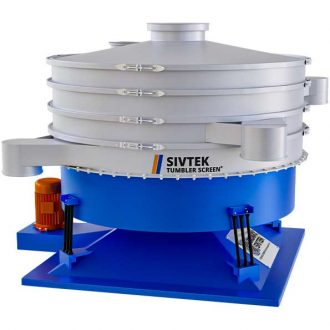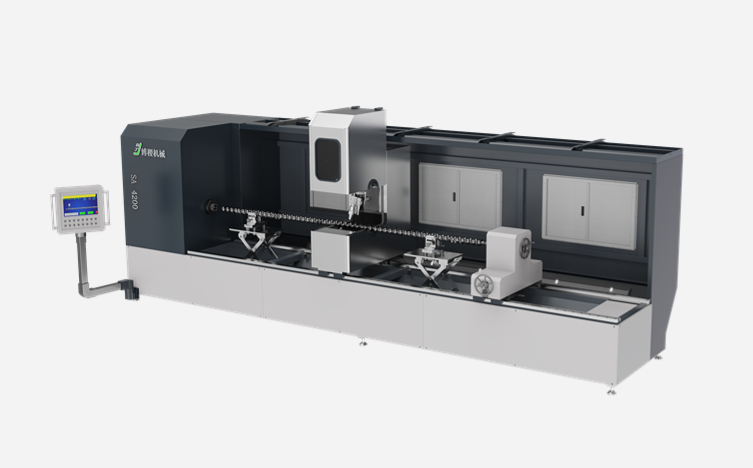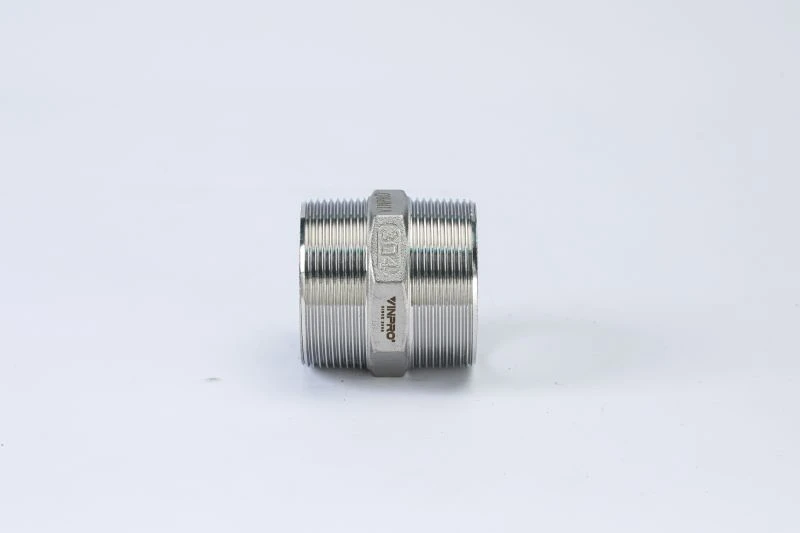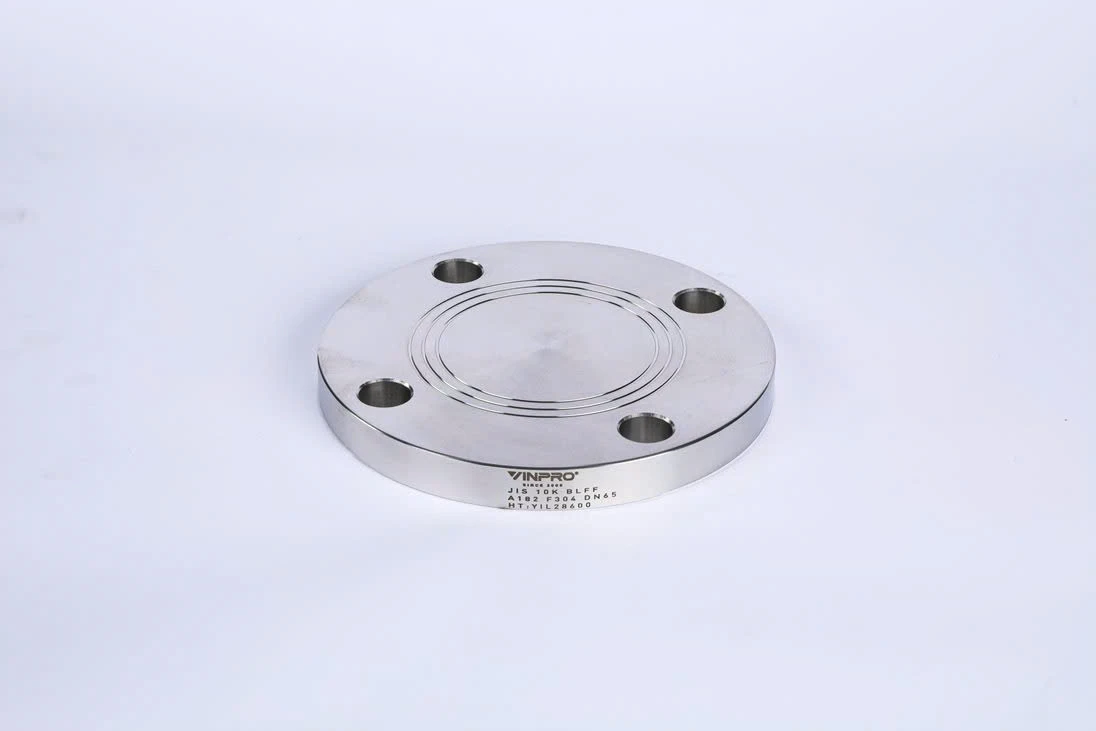Stainless Steel Pipe Fittings Materials
Stainless steel pipe fittings are an ideal choice for any piping design. The materials used to make the fittings are often the same as the piping material, such as stainless steel, steel, copper or plastic. However, any material can be used as long as it is compatible with the other components in the system, suitable for the fluid, temperature and operating pressure. In addition, the operating environment is also a factor. important factors in choosing the optimal stainless steel for pipe fittings, including both civil and industrial applications.

Stainless steel pipe fittings 210
Stainless steel pipe fittings 201 meet the requirements such as medium corrosion resistance, high fire and impact resistance. Therefore, this type of stainless steel is often used in civil applications such as drainage systems, gas pipes. In addition, stainless steel pipe fittings 201 are also suitable for pipes operating in low temperature conditions.
Stainless steel pipe fittings 304
Stainless steel 304 pipe fittings demonstrate flexibility in many different environments. In addition to effective corrosion resistance, this type of stainless steel also has many advantages such as high durability, resistance to chemical and temperature impacts, good hardness, along with a shiny surface that is easy to maintain and clean. Therefore, stainless steel 304 pipe fittings are often installed with pipes of the same material, suitable for many applications such as food processing and milk production.
Stainless steel pipe fittings 316
Stainless steel pipe fittings 316 have molybdenum content which helps to significantly improve pitting and corrosion resistance, superior to stainless steel 304. Therefore, stainless steel pipe fittings 316 are often installed with pipes of the same material in oil and gas pipeline systems in offshore projects and environments with high corrosion resistance.

When choosing pipe fittings, in addition to considering the stainless steel material, users need to consider factors such as durability, corrosion resistance, temperature, operating pressure... to find a product that best meets their needs. With its outstanding advantages, stainless steel will certainly continue to be the leading material for pipe fittings in the future.













